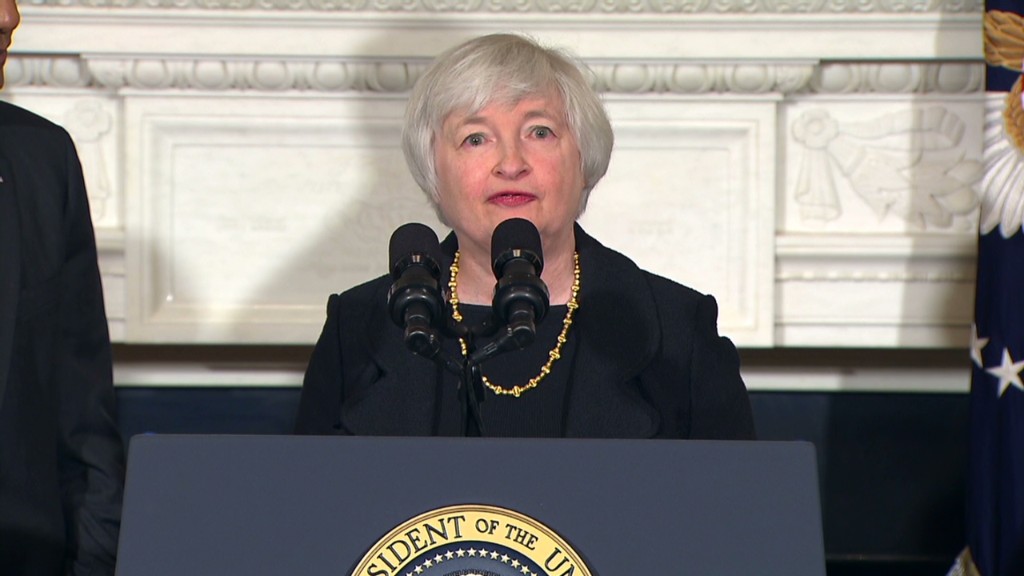As the Fed starts unwinding the stimulus it provided to snap the economy back to life, two types of companies should benefit: banks and those with lower debt than their peers, according to a Goldman Sachs analysis.
Following its two-day meeting this week, the central bank is expected to announce that it will begin rolling off parts of its $4.5 trillion balance sheet. The term refers to the portfolio of mostly treasuries and mortgage-backed securities, the bulk of which the Fed acquired in an effort to stimulate growth that had been stunted by the financial crisis, CNBC reported.
No other central bank ever has undertaken a balance sheet reduction at this level. In the past, even smaller moves often have resulted in recession.
However, David Kostin, Goldman’s chief equity strategist, thinks the market effect overall likely won’t be dramatic, but the balance sheet operation will put upward pressure on rates, which in turn could take the shine off a stellar bull market rally this year.
“Given the well-choreographed and gradual adjustment, we expect that asset markets will avoid another ‘taper tantrum’, the sharp and disruptive rise in yields that occurred in 2013,” Kostin wrote in a note to clients.
The “tantrum” occurred after then-Fed Chairman Ben Bernanke warned that the central bank soon would be halting its monthly bond purchases that were seen as a key driver behind the post-crisis bull market run.
Indeed, the Fed did halt the program, known as quantitative easing, in October 2014, but the market effects have been minimal. Government bond yields have held lower and the stock market has continued to post solid gains.
If current Chair Janet Yellen has her way, the same thing will happen with the balance sheet rolloff. The plan is for the Fed to allow $10 billion of the monthly proceeds it gets from the portfolio to run off at first, increasing in $10 billion quarterly increments until the total reaches $50 billion.
When all is said and done, the balance sheet probably will maintain a level that most economists believe will be between $2 trillion and $3 trillion.
Renewed Interest
With both the Fed balance sheet operation in gear—probably beginning in October—and deregulation moves likely to come to fruition, that has renewed interest in bank stocks. The KBW Nasdaq Bank Index has jumped about 4.5% since Sept. 7.
“In addition to the macro tailwind of higher rates, banks should benefit from regulatory changes that are currently not reflected in share prices,” Kostin said. “After outperforming their macro drivers on hopes of deregulation in late 2016, bank stocks have now given back all of their earlier ‘policy premium’, making them a particularly appealing opportunity.”
Losers in the environment ahead are likely to be “bond proxy” stocks like utilities and those with low volatility, he added. The low-volume stocks have been popular this year and carry higher valuations, making them less attractive.
While the balance sheet runoff has been well-telegraphed, the market remains confused about the future path of rate hikes. Just a few weeks ago, the market was certain the Fed wouldn’t hike anymore this year and likely would forestall further increases until mid-2018 at the earliest.
However, a recent uptick in inflation signs has changed that, with the market now pricing in better-than-even chance of a move before the end of 2017. Goldman expects another hike this year, then three more in 2018, well ahead of current expectations from traders.


